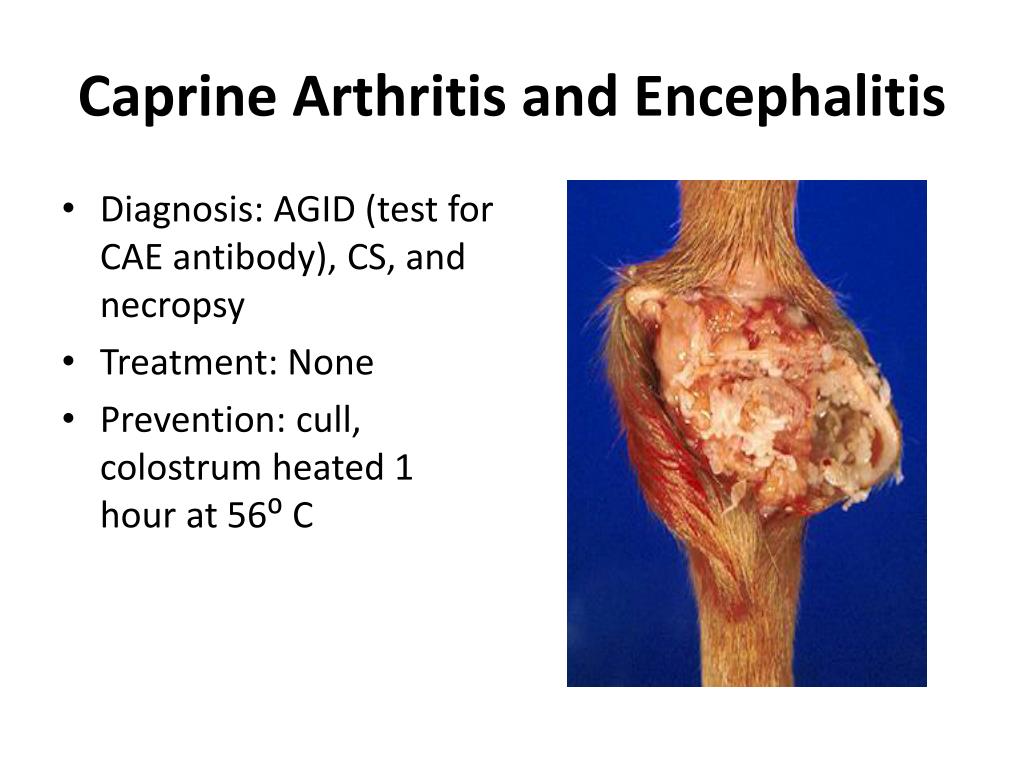

The CFR part 71.19 explains the requirements for group shipment of swine. Additionally, swine moving within a production system do not need to be individually identified if there is a swine production health plan agreement, as defined in 9 CFR Part 71.1, in place. Swineįor interstate movements, all swine must be individually identified with official identification unless the swine are kept as a group. Specific requirements, such as proof of negative EIA testing, or other restrictions of movement based on regional or national disease conditions such as neurological Equine Herpes Virus, equine piroplasmosis, or Contagious Equine Metritis, are dictated by each importing state.

Horsesįor interstate movements, most States require that horses be individually identified and accompanied by a Certificate of Veterinary Inspection. Contact information for them is contained in Appendixes 2 and 3. Check with your APHIS –VS Area Offices or your State animal health official. Exceptions apply to certain movements, such as when there is no change of ownership or movements to certain stockyards or slaughtering establishments. (see the section entitled “Current Animal Identification”) and accompanied by a Certificate of Veterinary Inspection or other document. all male dairy cattle born after March 11, 2013.used for rodeo or recreational events (regardless of age).

With some exemptions in described in 86.4, these are required: Feeder cattle and those cattle and bison that move directly to slaughter do not require individual official identification i.e., may move on backtags.


 0 kommentar(er)
0 kommentar(er)
